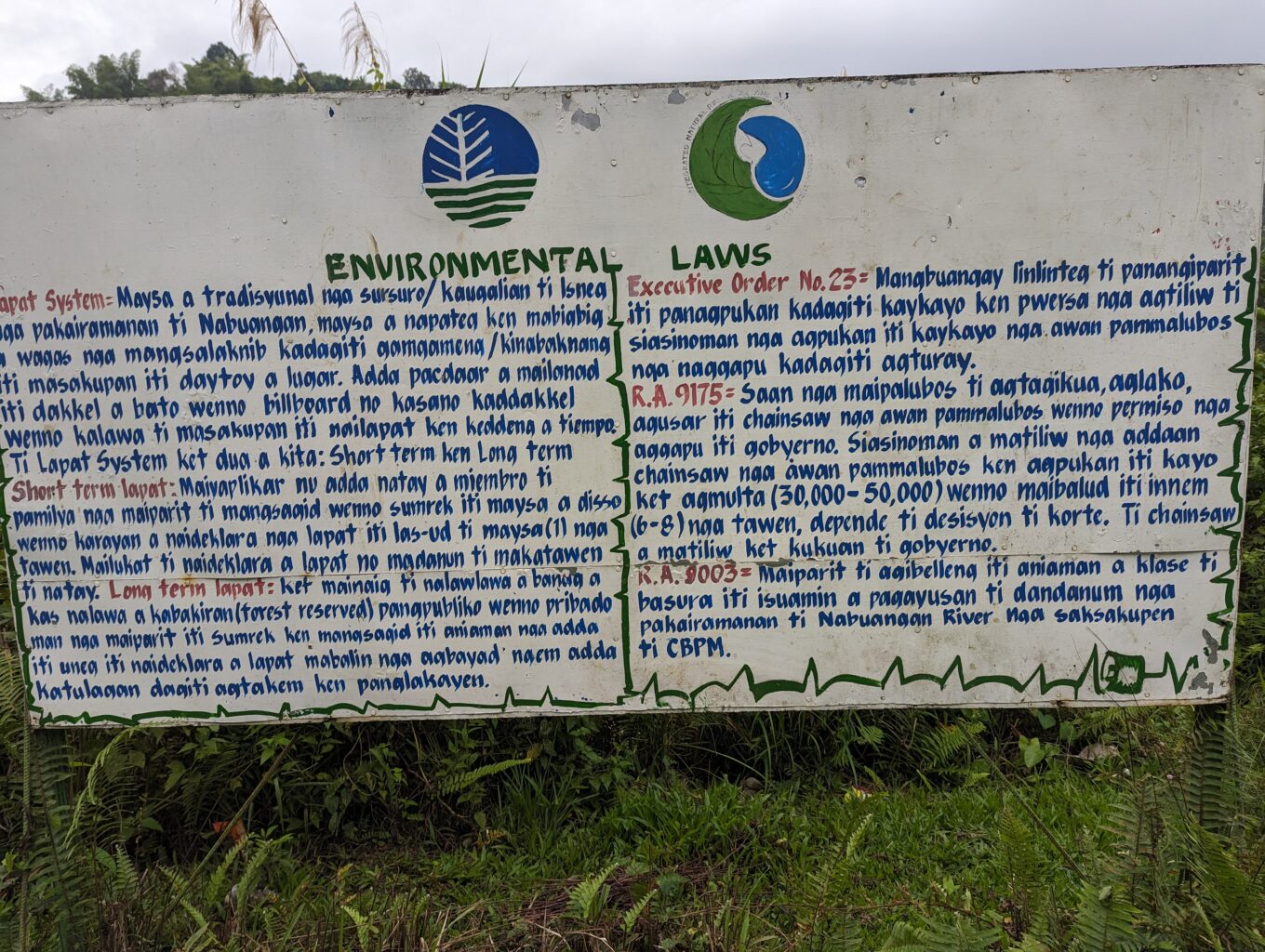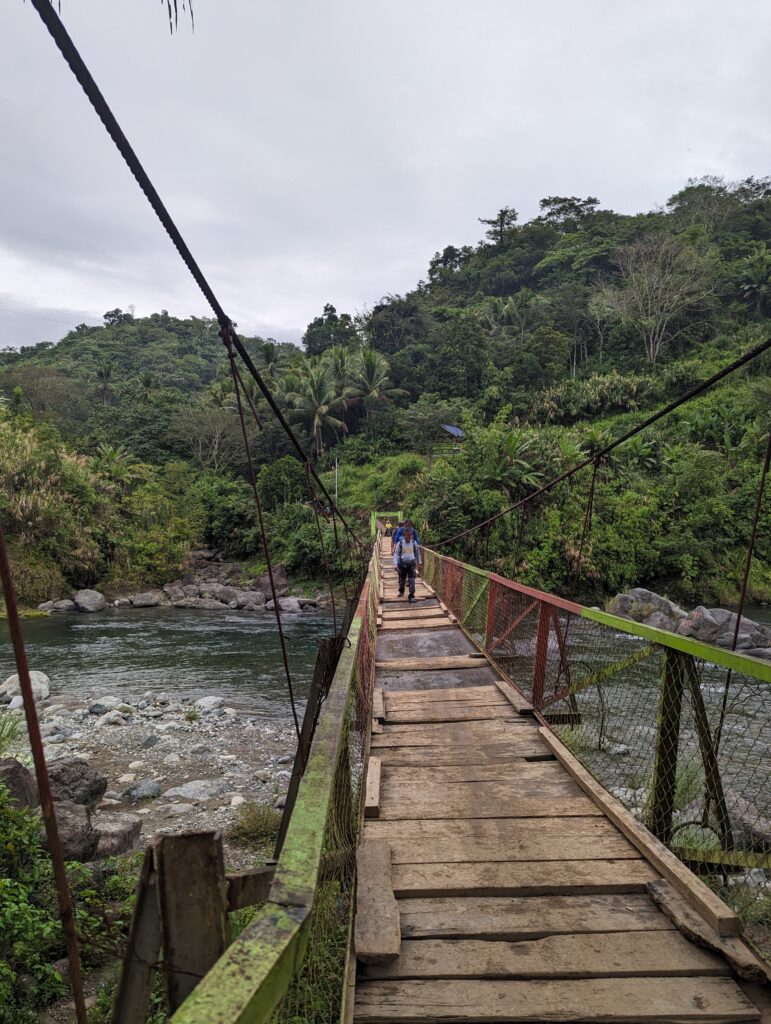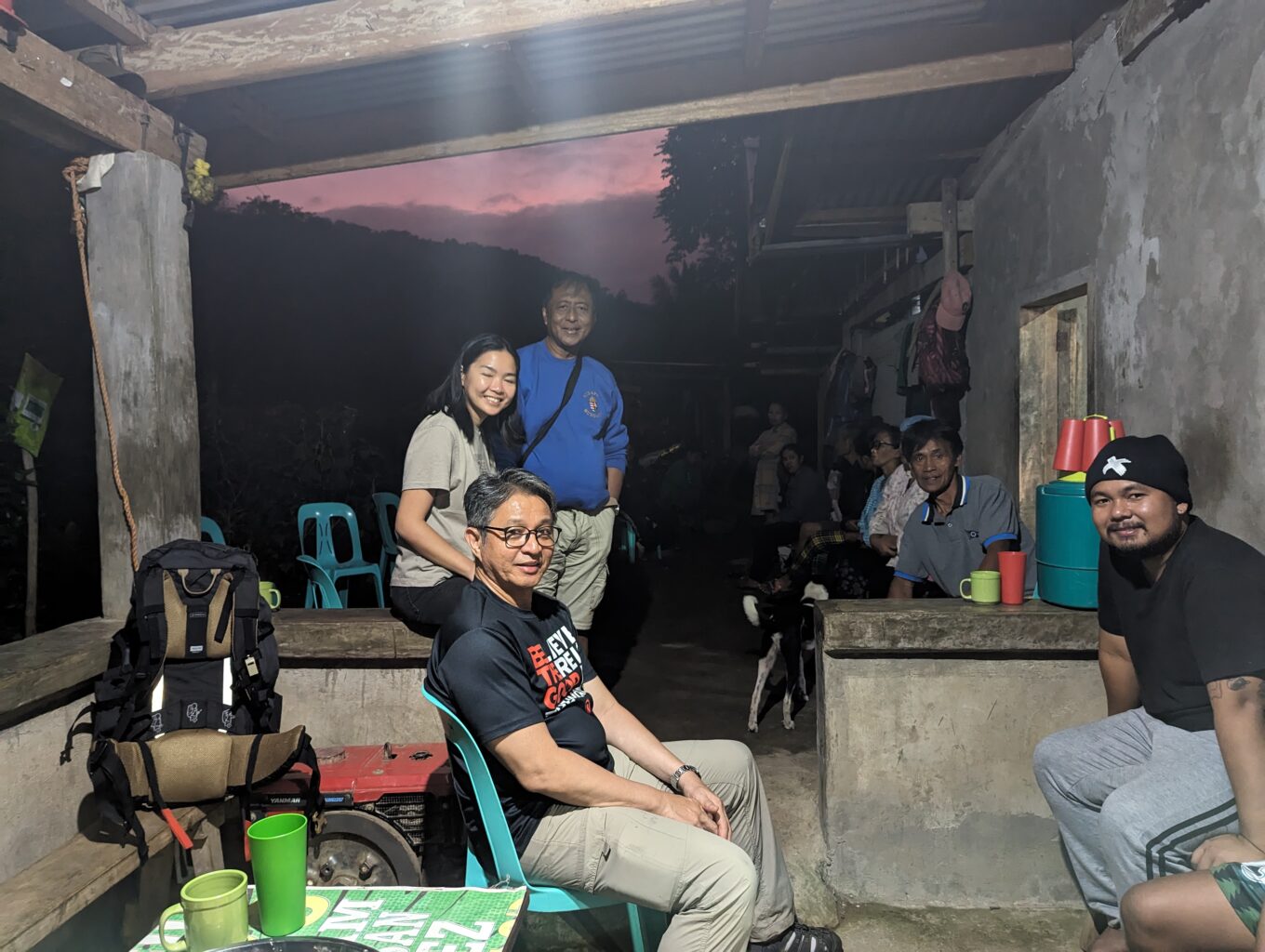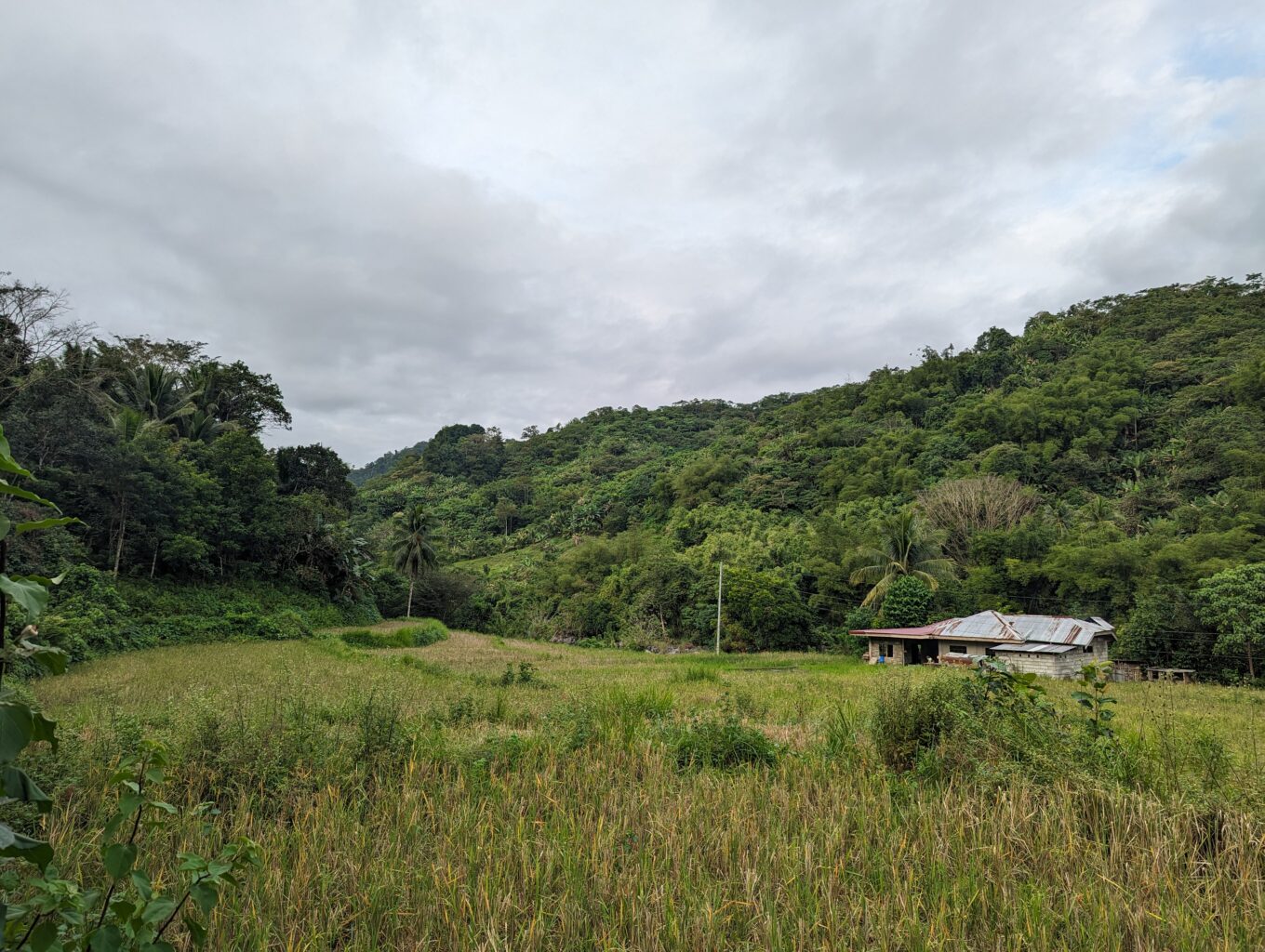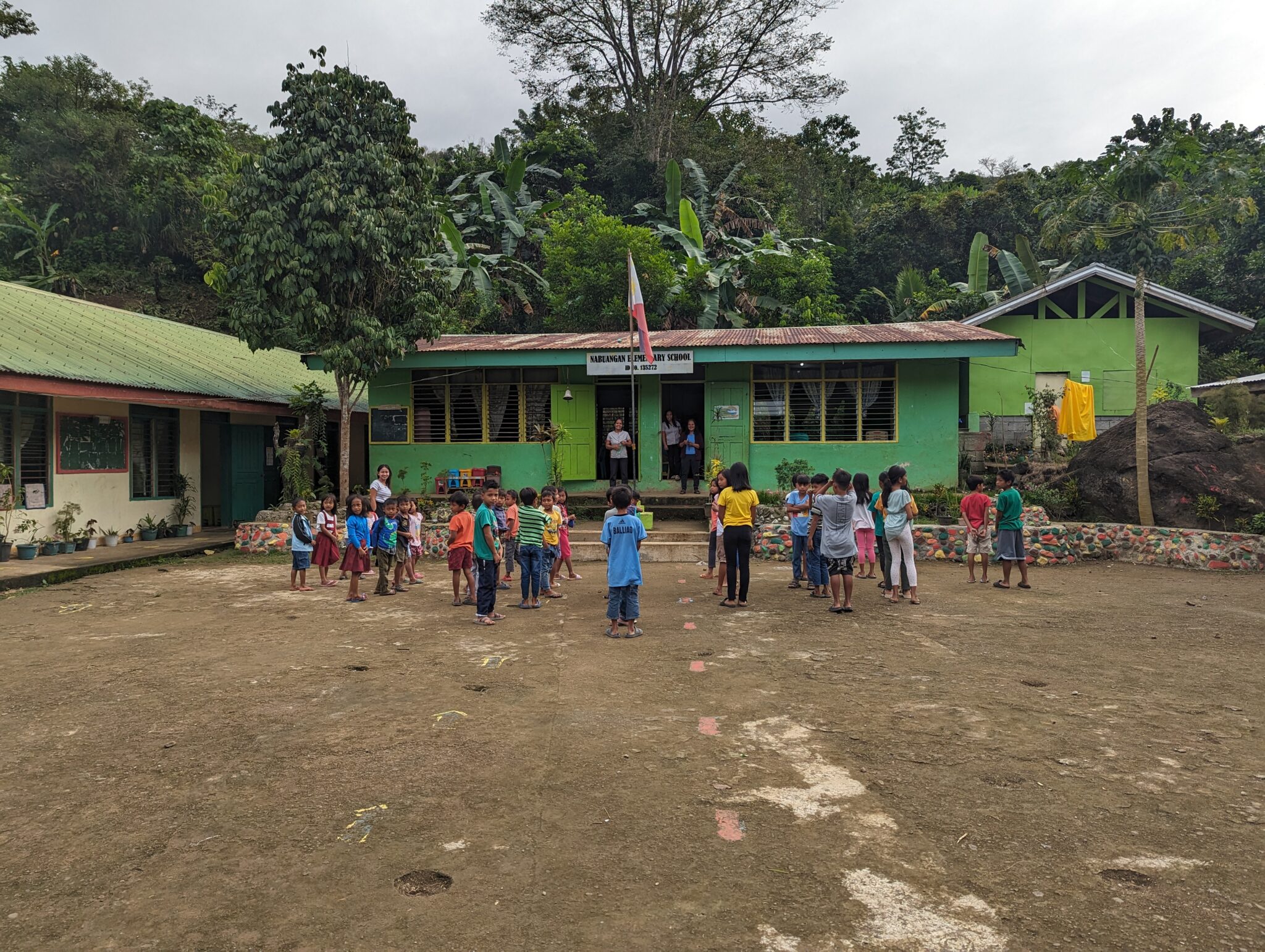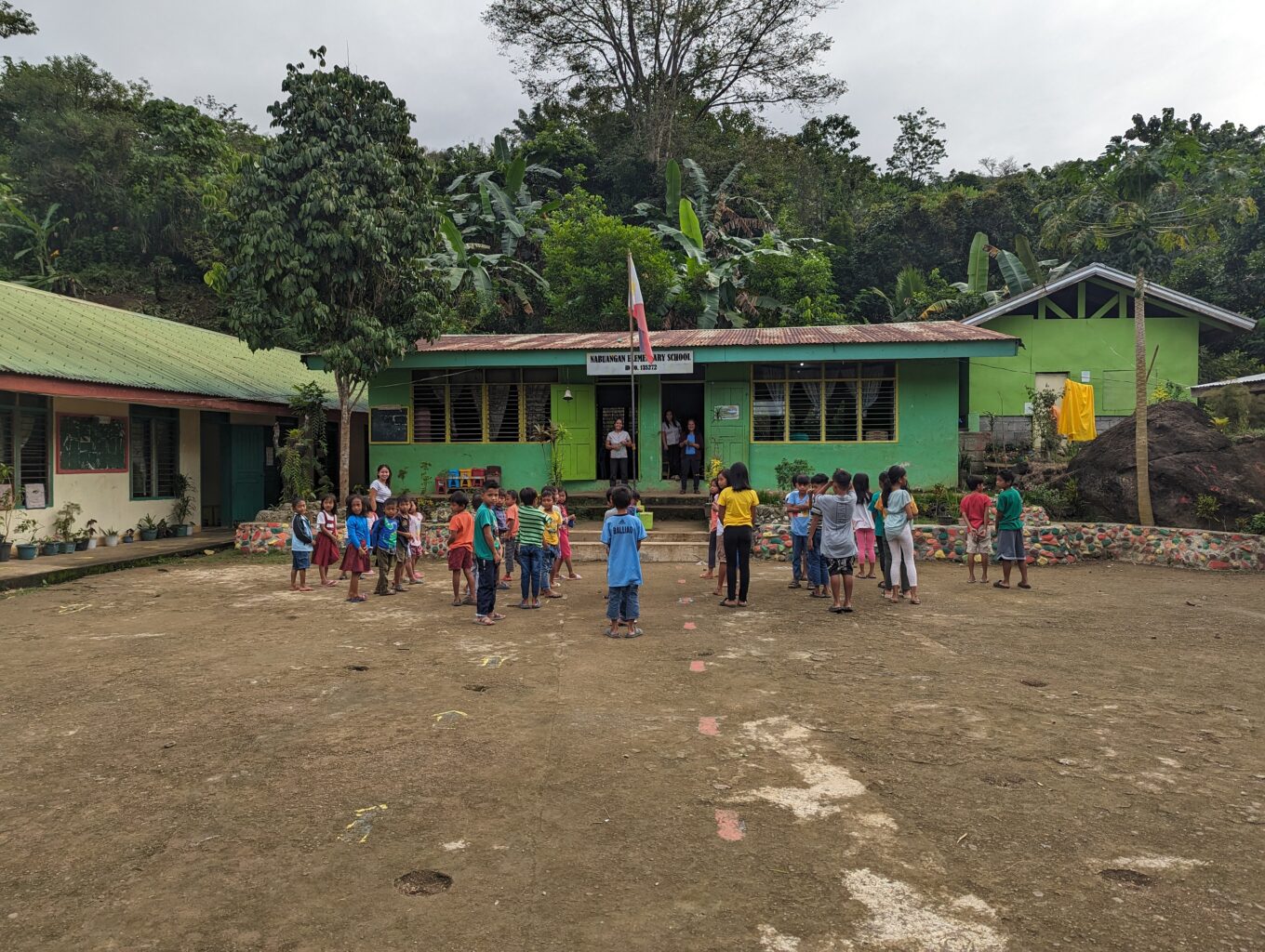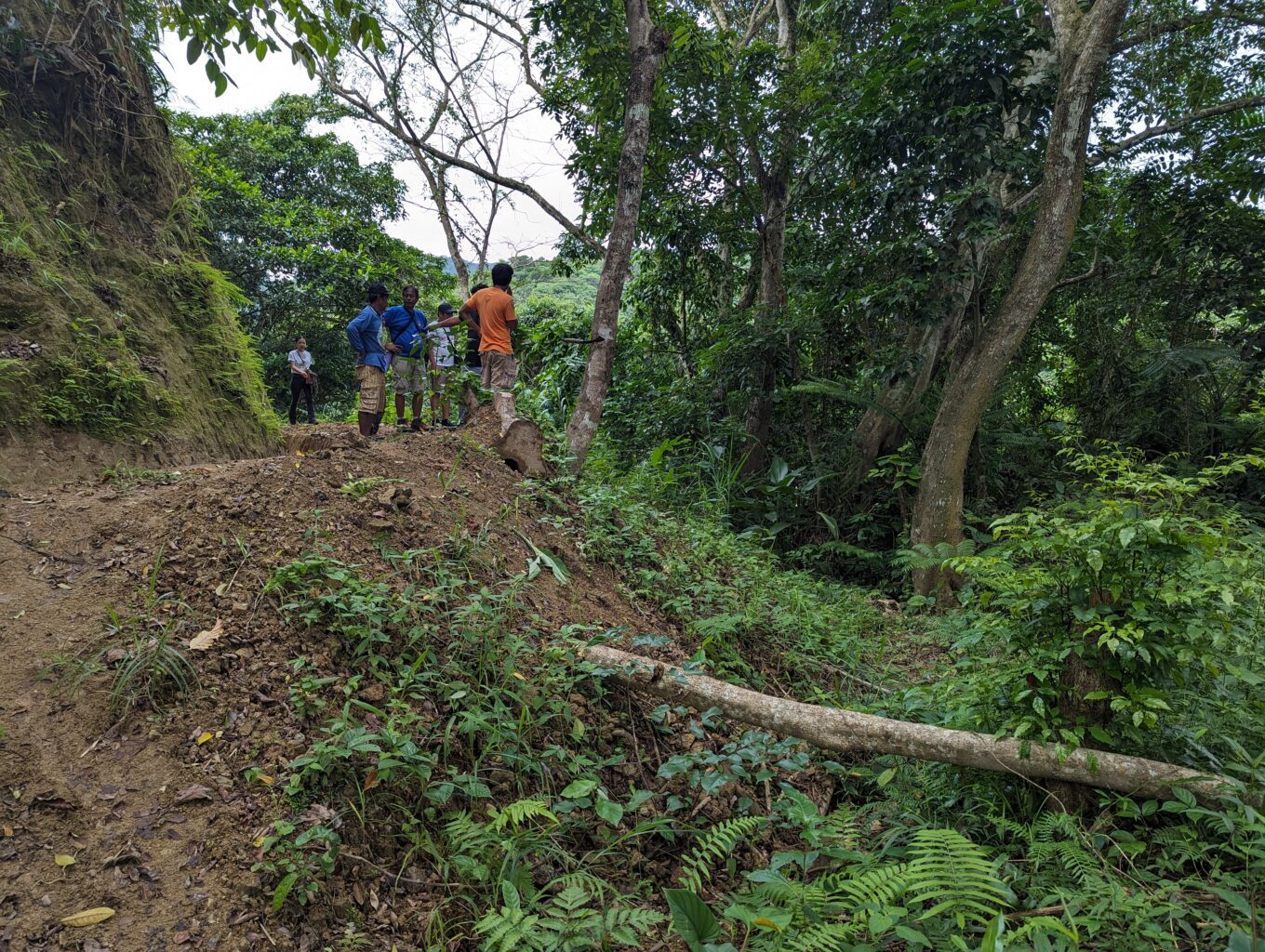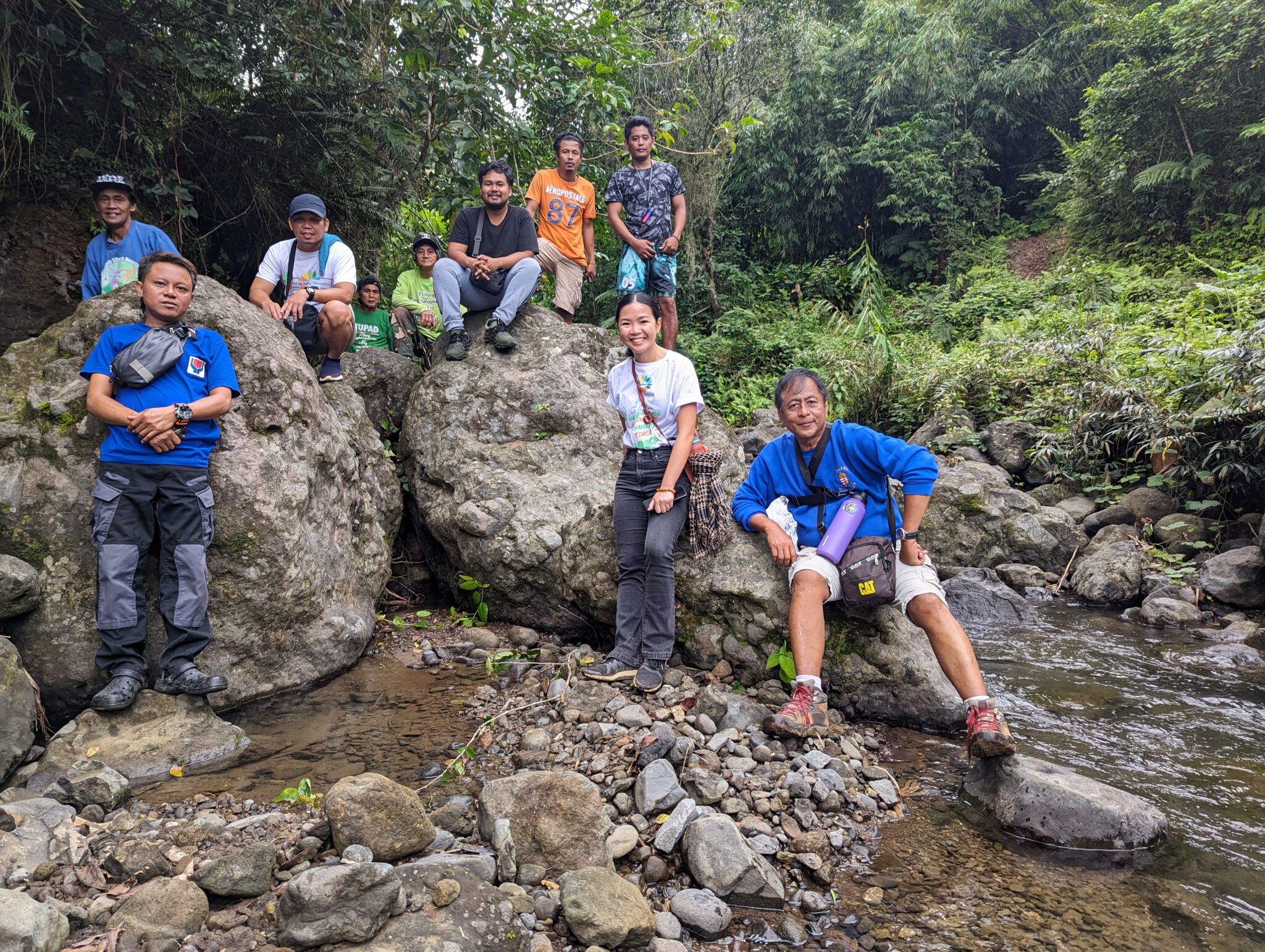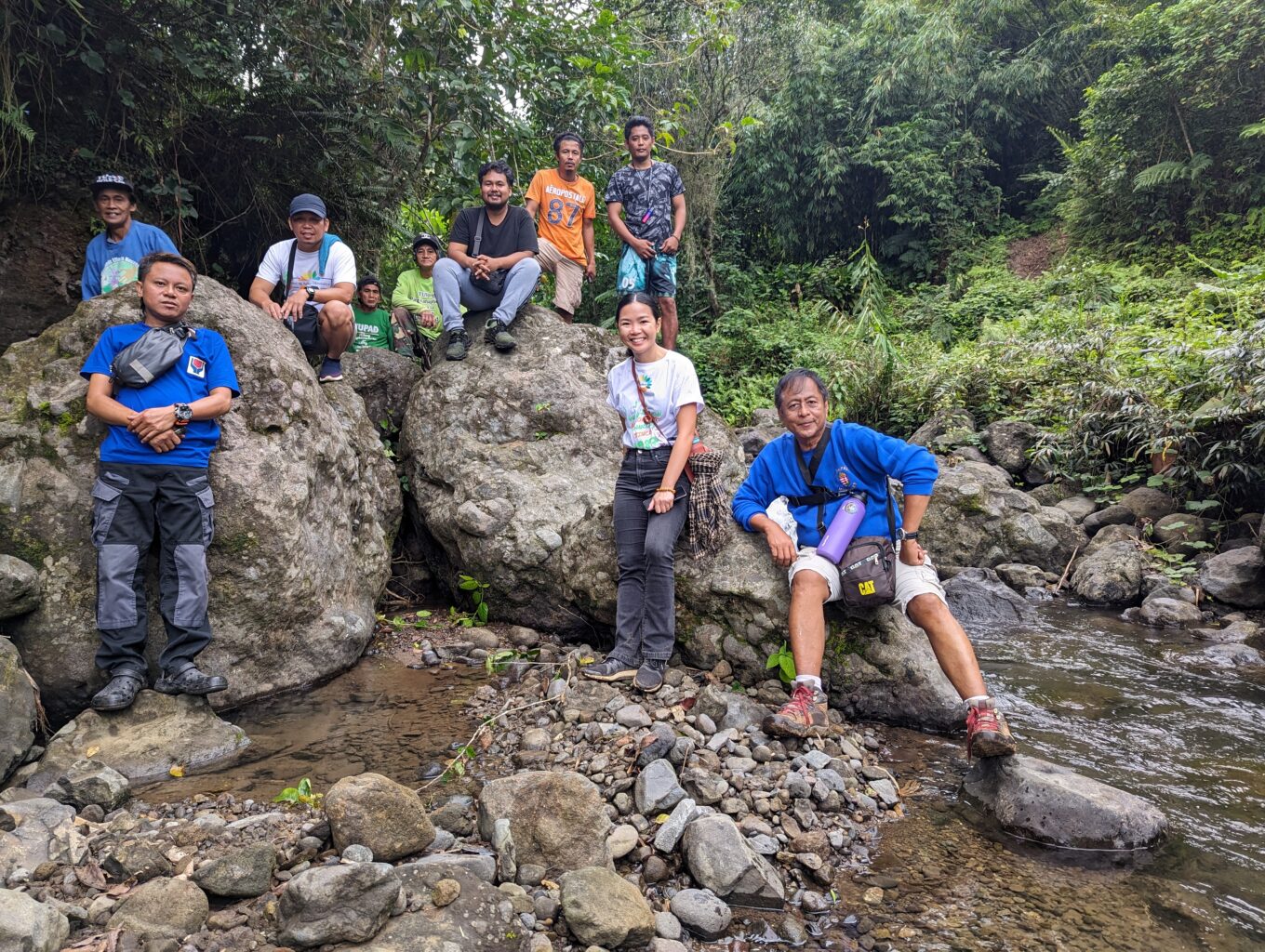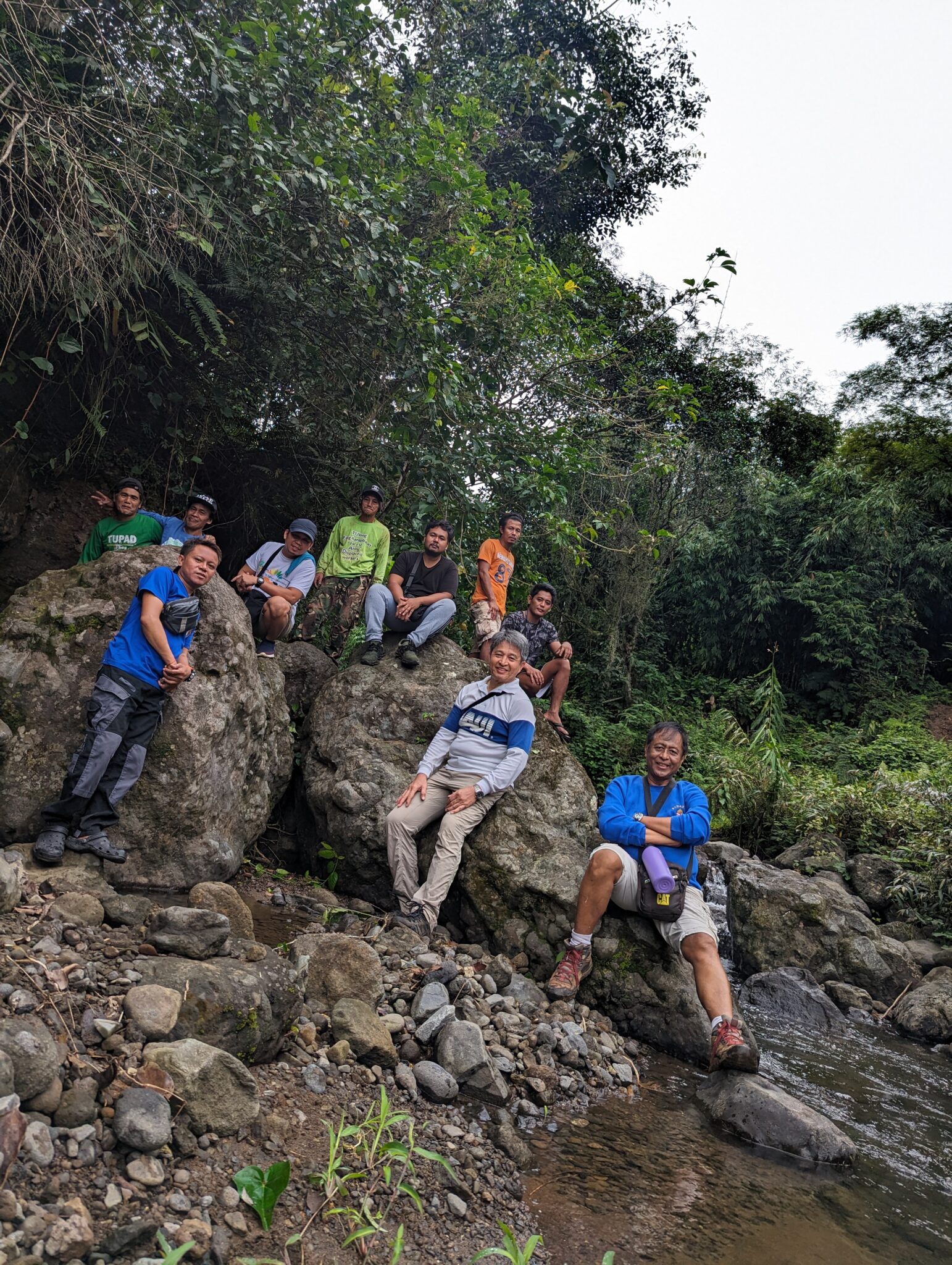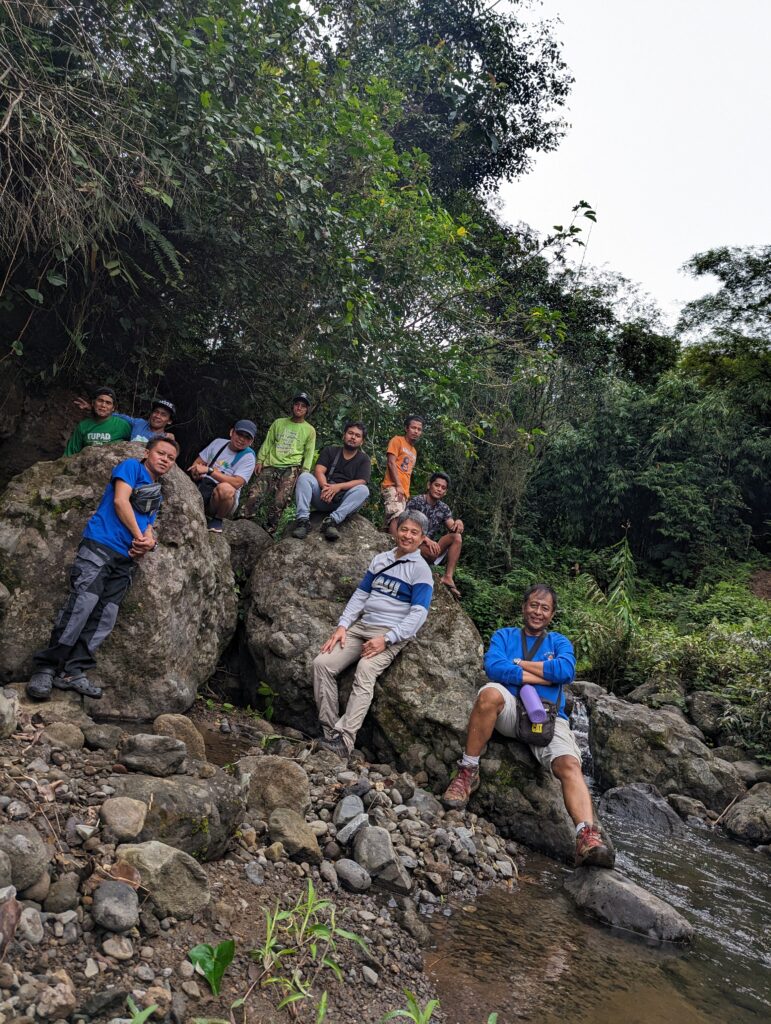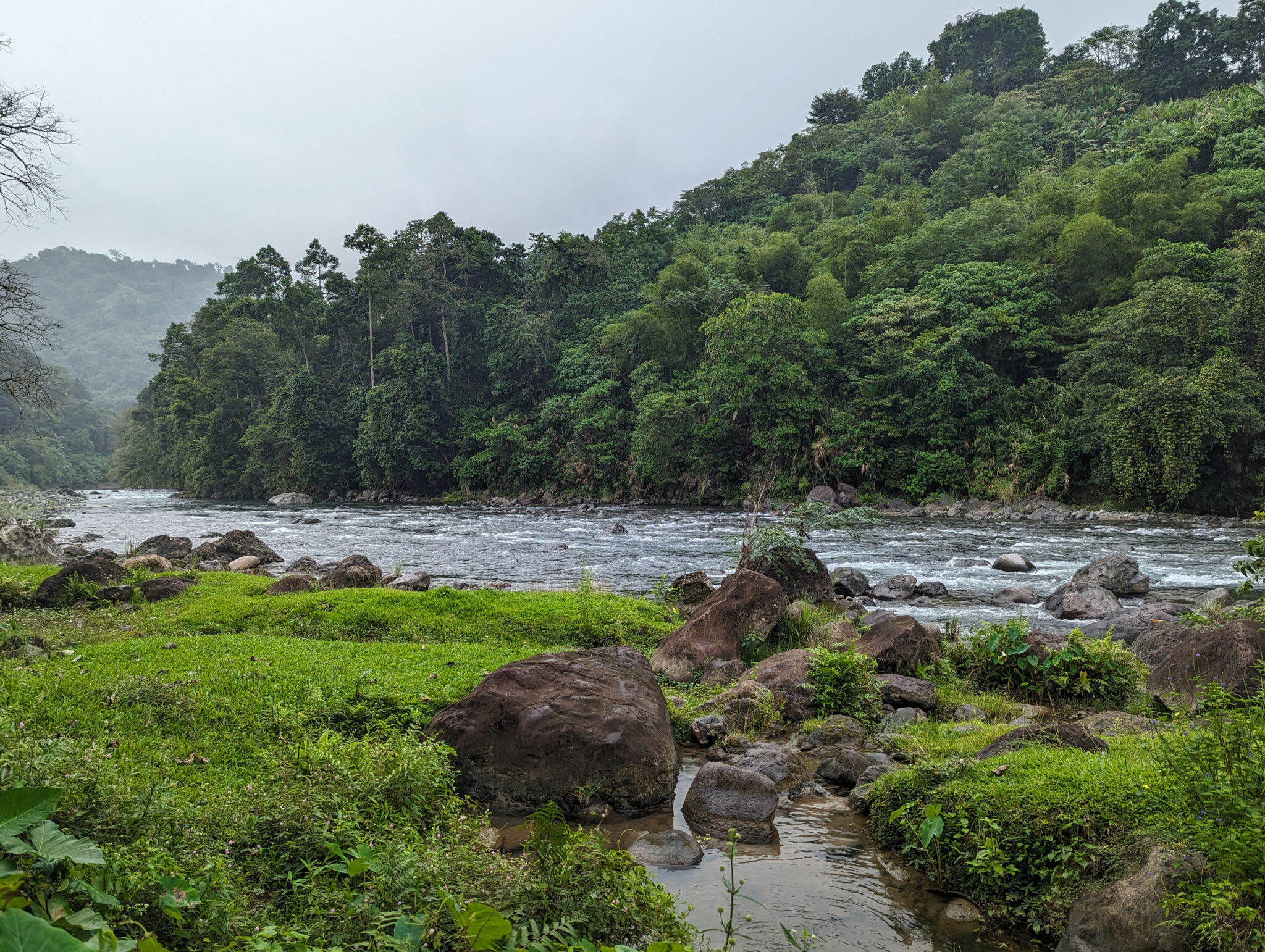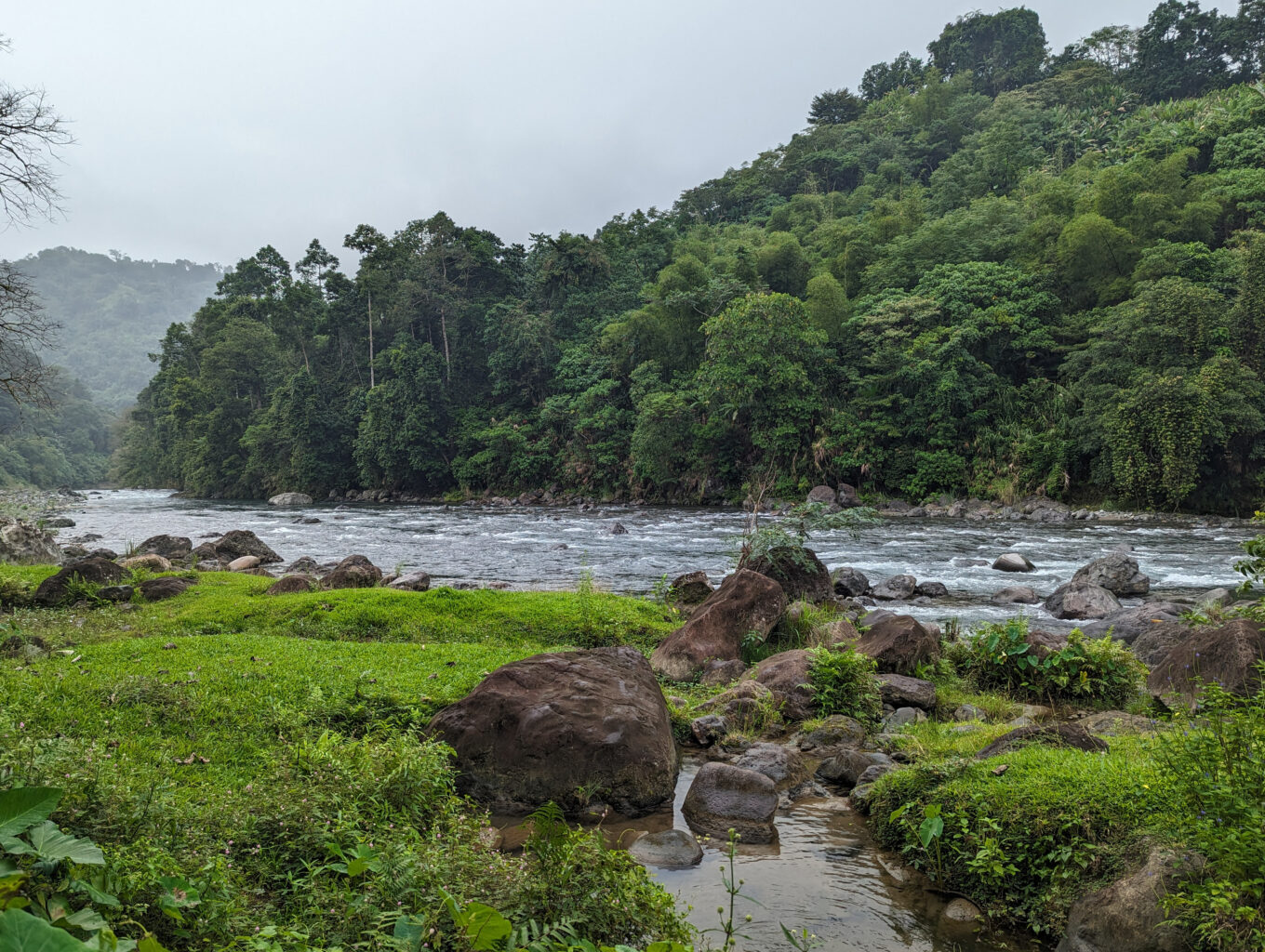The Boboli Creek Watershed boasts remarkable biodiversity, with 119 species of birds and many mammals, including fruit bats. Tropical hardwood trees and Rafflesia plants (which produce some of the world’s biggest flowers, several feet across) thrive there. But the destruction of Philippine forests put all of these species at risk.
The watershed is home to a deeply traditional group called the Isnegs. They depend on the forest for food and medicinal plants. Many visitors are treated to a lively traditional dance called talip, to the music of hand-beaten gongs.
The village is the gateway to the forest, and long ago, ancestors of current village residents declared the 1,236-acre (500-hectare) Boboli Creek Watershed area off-limits, or lapat. Any use of the forest must be approved by a council of elders. In a nod to the community’s role as guardian of the watershed, people came to call it Sitio Lapat. (Sitios are parts of villages.) The community has pledged to continue and expand its stewardship by promoting sustainable farming methods and patrolling the watershed regularly.
The village is using a Seacology grant to build a new micro-hydro system, which will generate clean electricity, working with two NGOs Seacology has worked with before, SIBAT and Green Empowerment. The system will provide electricity to households, a health center that serves more than 500 people, and an elementary school. It will also allow cold storage of vaccines and medicine, and computerization of health records.
Almost every household in Sitio Lapat is below the poverty level, and electricity will significantly improve village life and health. It will also help ensure the survival of the community itself, by making it more likely that people will stay in their ancestral lands instead of migrating to cities—and will carry the rich Isneg culture into the future.



